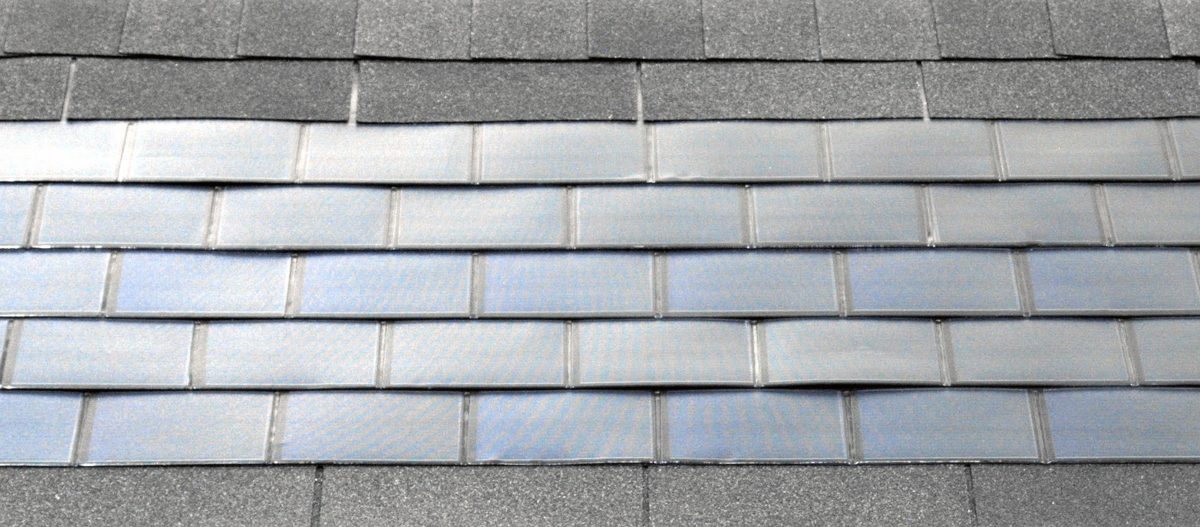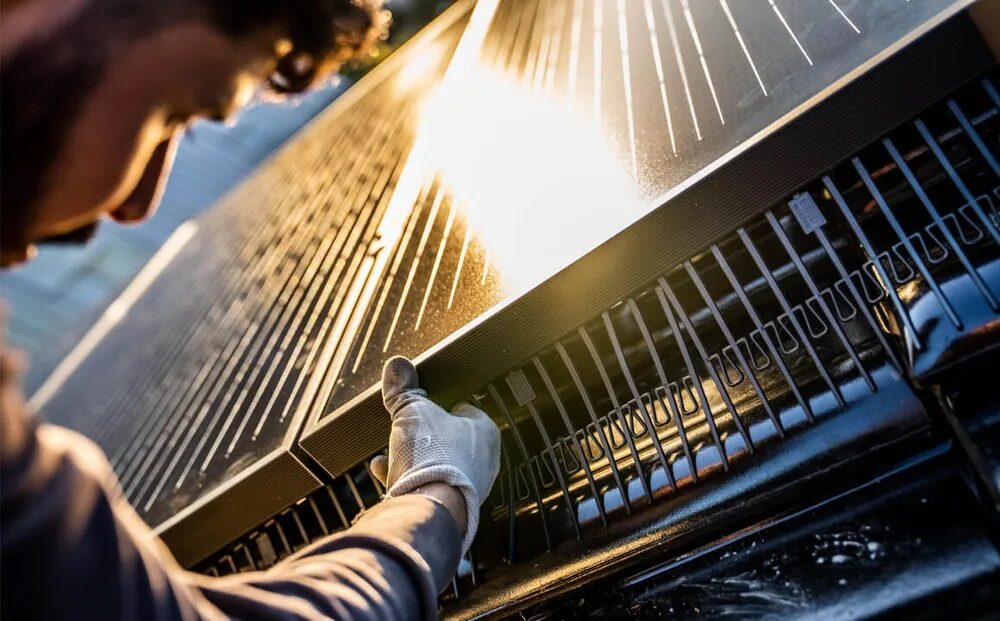Researchers from Jordan’s Al al-Bayt University have created comprehensive theoretical dynamic modeling to analyze the performance of building integrated photovoltaic thermal (BIPV/T) systems.
The scientists tested their new framework through a series of simulations conducted on a residential building in Jordan's northern-central city of Mafraq. They optimized the BIPV/T system to maximize output and efficiency while minimizing panel area.
“Mafraq is among the most suitable regions in Jordan for harnessing solar energy potential and implementing solar thermal technology plants,” said the academics. “It has a daily average direct normal irradiance (DNI) ranging from 6.54 to 7.29 kWh/m2 and an annual average wind speed of 4.72 m/s, enjoys plentiful solar irradiation and abundant wind resources.”
The building was simulated using MATLAB/Simulink. It had a roof area of 200 m2, with a hot water requirement to be fed by the thermal part of the panels of 10 m3 per month. The average electrical demand for winter, spring, summer, and autumn, was 452 kWh, 582 kWh, 443 kWh, 342 kWh, and 441 kWh, respectively.
The BIPV/T panels were assumed to have a power of 320 W each and an efficiency of 16.49%. The hourly solar radiation and ambient temperature data fed to the model originate from an artificial neural network (ANN) developed by the group. According to the researchers, the model attains high accuracy values exceeding 0.97 for the predicated solar irradiation during training, validation, testing, and the overall dataset.
“The comprehensive ANN-based modeling and optimization approach can help policymakers and energy practitioners analyze in reasonable domain time and with good accuracy, thereby accelerating the design and performance enhancement-based analyses and tasks,” the team said.
For the optimization task, the group chose the non-dominated sorting genetic algorithm II (NSGA-II) while also integrating the technique for order of preference by similarity to the ideal solution (TOPSIS). NSGA-II optimizes multiple objectives by ranking solutions based on dominance, while TOPSIS ranks options by comparing their closeness to the best and worst possible solutions.
The analysis showed that the optimal solution for the winter includes the installation of 15 modules, with an electrical power output of 2,606 W, a thermal power output of 5,569 W, and a total produced electricity of 21.95 kWh. In the summer, the optimal solution is 16 modules with an electrical power output of 1,780 W, a thermal power output of 4,700 W, and a total produced electricity of 23.63 kWh. For the spring seasons, 12 BIPV/T modules were needed, and in the autumn 14.
Popular content
Under those terms, the levelized cost of energy (LCOE) was found to be $0.1/kW. If the equipment cost rises by 20%, the LCOE will be $0.12/kW, while if it increases by 40%, the price will reach $0.14/kW. If equipment prices drop by 20%, the LCOE will be $0.08/kW, and if they drop by 40%, then the cost will be $0.06/kW.
“The findings indicate that the suggested framework can apply to various building types and geographical locations. Consequently, it holds considerable value in advancing the utilization of solar energy with optimal energy, economic, and environmental performances,” concluded the academics.
The results were presented in “Energy and economic analysis of building integrated photovoltaic thermal system: Seasonal dynamic modeling assisted with machine learning-aided method and multi-objective genetic optimization,” published in Alexandria Engineering Journal.
The team also comprised scientists from Saudi Arabia’s King Fahd University of Petroleum & Minerals, the United Kingdom’s University College London, Durham University, and Pakistan’s University of Engineering and Technology.
This content is protected by copyright and may not be reused. If you want to cooperate with us and would like to reuse some of our content, please contact: editors@pv-magazine.com.



By submitting this form you agree to pv magazine using your data for the purposes of publishing your comment.
Your personal data will only be disclosed or otherwise transmitted to third parties for the purposes of spam filtering or if this is necessary for technical maintenance of the website. Any other transfer to third parties will not take place unless this is justified on the basis of applicable data protection regulations or if pv magazine is legally obliged to do so.
You may revoke this consent at any time with effect for the future, in which case your personal data will be deleted immediately. Otherwise, your data will be deleted if pv magazine has processed your request or the purpose of data storage is fulfilled.
Further information on data privacy can be found in our Data Protection Policy.